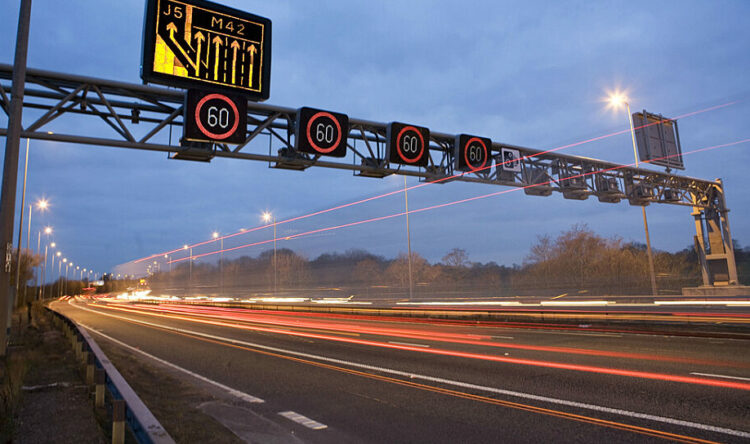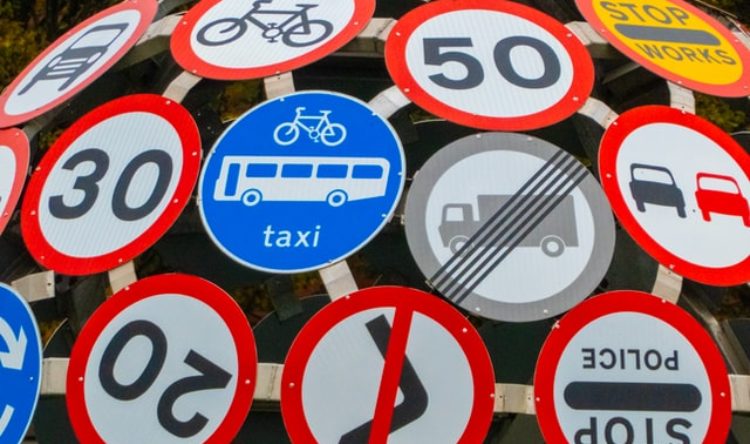MoT essential for road safety
Motorists against reducing the frequency of MoT
Plans to change the compulsory MoT from every year to every two years have been slammed.
The suggestion to relax the frequency of MoTs was made earlier this year as the government looked for ways to cut the nations living costs. The then Secretary of State for Transport, Grant Shapps, raised the prospect in cabinet. It was widely condemned by road safety professionals at the time. Now, a survey by the RAC has found that the majority of drivers believe it will lead to a rise in the number of unsafe vehicles on the road.
A bad idea
More than half (55%) of the 1,435 drivers surveyed said they felt changing the MoT to every two years was a bad idea. Just over a fifth (22%) said they thought it was a good idea while a similar proportion (23%) were unsure.
When asked why they felt it was a bad idea, the overwhelming majority (98%) said it would result in more unsafe vehicles on the road. Meanwhile, a fifth (20%) thought it would lead to an increase in the number of collisions on the road. Almost two-thirds (61%) believe it would result in more vehicles breaking down.
What savings?
Drivers are also not convinced about the possible money-saving benefits. More than half (58%) say the changes could end up costing drivers more in the long run. This would be due to problems or defects going undetected and becoming more costly to repair. Furthermore, 44% believe it might cause garages to put prices up for other repairs to compensate.
There were a number of key reasons among the drivers who believe the changes would be a good idea. Three-quarters (74%) say modern cars are more reliable and do not need annual checks. More than half (54%) believe it will save them money.
A confident 41% told the RAC that they already check their car for basic roadworthiness. They say they don’t need to pay for someone to do it officially on an annual basis.
The ministry
A car requires an MoT three years after its first registration and thereafter on an annual basis. It currently costs a maximum fee of £54.80 for cars. Many garages offer the test at a lower price.
Having been in place across the UK since 1960, the scope of the MoT has been expanded over the years. It now includes additional checks such as vehicle emissions, added in 2018.
Major changes in May 2018 saw it move away from a simple pass or fail with advisories. Now there is a five-category system. Failures were split into two classes: major and dangerous, while three pass categories were introduced: pass; pass with minor defects; and a pass with advisories.
Important safety checks
RAC head of roads policy Nicholas Lyes says motorists feel it is an “important’ annual safety check.
“It makes them feel safer” he adds, “knowing that, at least officially, their vehicle has been passed as safe to use on the roads”.
It is also reassuring to know that other vehicles on the road are officially deemed as safe.
Lyes says this potential money saving scheme has been met with “huge scepticism”.
However, he says: “Cost is secondary to road safety. We already know that many vehicles fail their MoT because of illegal tyre tread. If this figure were to get significantly bigger more lives would be put at risk”.
Lyes believes the proposals could increase the number of crashes and injuries. There would be an “overall reduction in road safety”.
“We’ve written to the new Secretary of State for Transport and urged her to consign this idea to the bin”.
The Government decided against extending the first MoT test to four years due to safety concerns in 2018.





